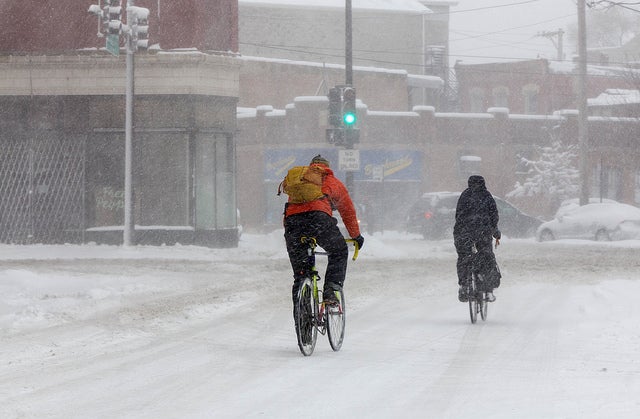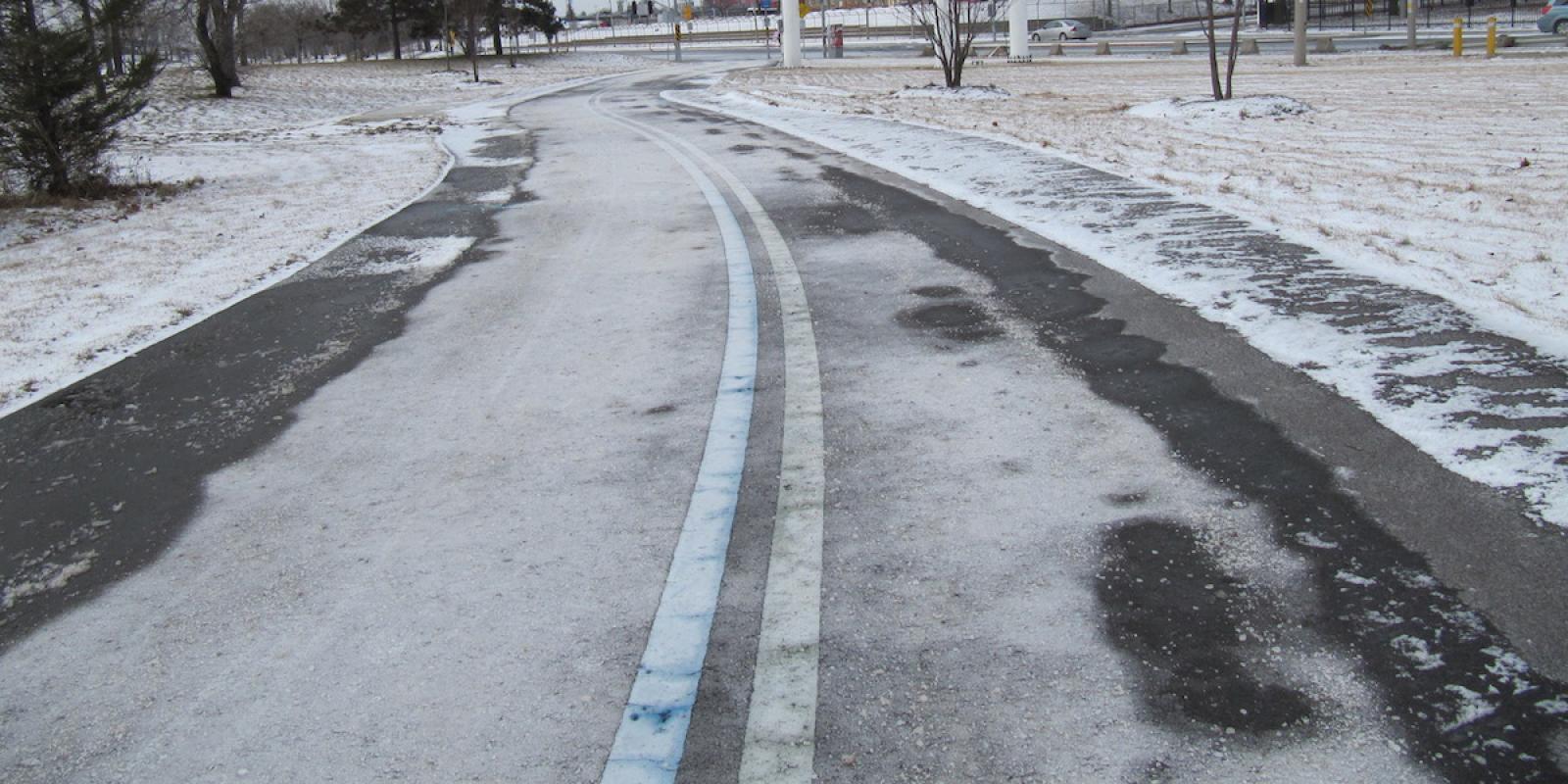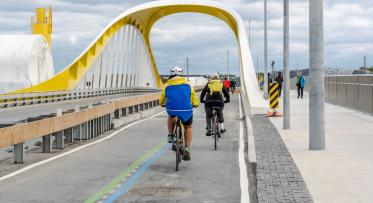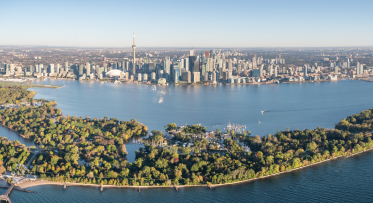It’s the First Snow of the Year!
Winter is finally here – but that doesn’t necessarily mean an end to your bike commute. Several Toronto bike paths will be cleared this winter, including the Martin Goodman Trail. Photo via James Schwartz on Flickr
PUBLISHED: DECEMBER 29, 2015
BY: MIRA SHENKER
Our extension of the Martin Goodman Trail from Stadium Road to Bay Street transformed Queens Quay from one of the least-used cycling routes to the most-used cycling route in the city. Over the summer, the volume of cyclists on the Martin Goodman Trail reached as many as 600 per hour. While a 2009 survey conducted by the City found that only 10 per cent of cyclists were riding through the winter, this new connection gives cyclists the safe space they need to change that figure.
The Martin Goodman Trail has always been cleared to bare pavement after a snow storm. This winter, that level of service will extend to the newly completed section of the trail. The City’s goal is to have the trail plowed and salted within six to eight hours once a storm has ended. That means winter cyclists have a clear path along the entire waterfront.
On top of this, the City has identified a priority network of downtown bike lanes and cycle tracks that will be maintained to bare pavement this winter. The rain took care of most of the snow this morning, but if five centimetres of snow accumulates and it’s still snowing, City staff will use a combination of aggressive salting and plowing to give winter cyclists a safe place to ride.
Clear bike lanes and cycle tracks will make a winter commute easier for the nearly 20 per cent of Waterfront Toronto employees who bike to work.
Winter cycling tips

Do you have downhill ski gear? Then you’re ready to hit the streets on even the coldest winter day. Photo via Don Harder on flickr.
There are three things to consider when cycling through a Toronto winter: warmth, safety and bike maintenance.
To keep warm, it’s all about layers. Make sure you wear something warm that you can remove if you get too hot, and choose an outer layer that’s waterproof. Don’t venture out without gloves. To stop your eyes from watering, try ski goggles.
It’s often darker on winter days, so to keep safe, be sure to wear reflective clothing or strips, and keep your bike lights on even during the daytime. As always, ride with caution and courtesy. And use your best judgment – only ride in winter conditions if you’re comfortable.
If you add one thing to your normal maintenance routine in winter, it should be wiping your bike down at the end of the day and brushing snow and slush off the rear derailleur and freewheel. This will protect your bike from the damaging effects of salt. It’s also a good idea to oil your chain more often in the winter.
Looking for more winter cycling tips? Here are some helpful winter riding tips from Cycle Toronto’s Jared Kolb, including the dangers of cold hands and swerving.




